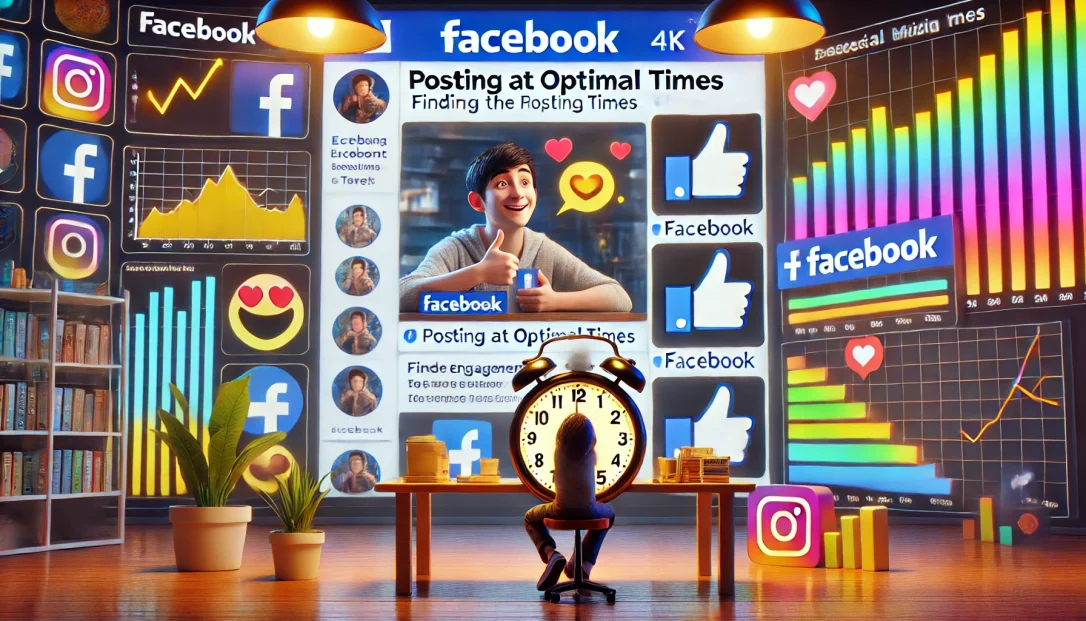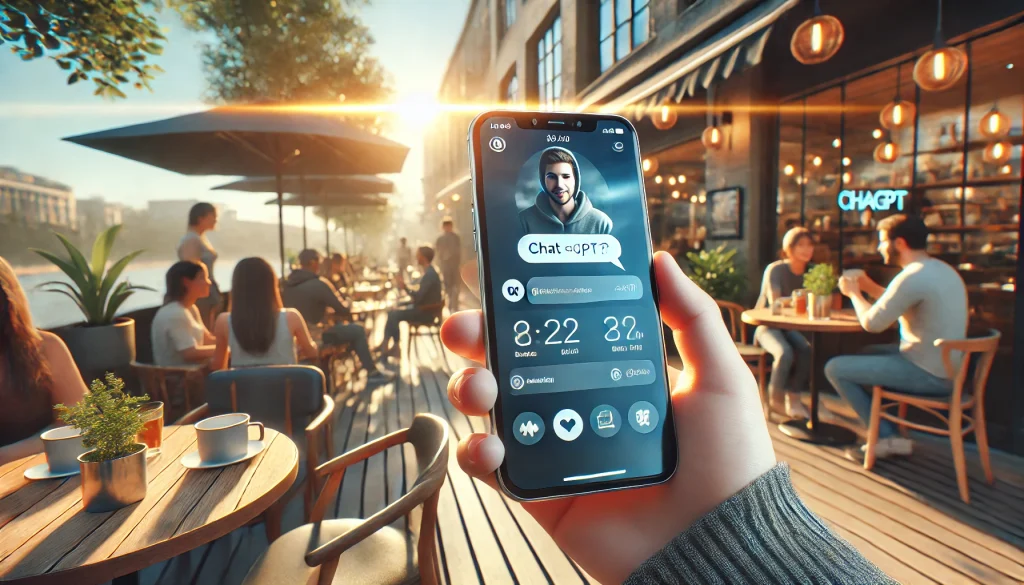In the fast-paced world of social media, timing can make or break your posts. You can craft the most engaging, beautifully designed content, but if you post it at the wrong time, it may get lost in the feed. So how do you figure out the best times to post on Facebook to ensure your content gets the attention it deserves?
In this post, we’re diving into the data behind when to post on Facebook to maximize engagement, reach, and interaction. We’ll cover general trends, how to analyze your own audience, and a few tips to help you hit those social media sweet spots.
Why Timing Matters
Before we dive into the data, let’s quickly go over why timing is so important. Facebook’s algorithm favors content that generates engagement quickly after being posted. If your post receives likes, comments, and shares soon after it goes live, Facebook will continue to show it to more people. However, if you post during a time when your audience isn’t active, your content may go unnoticed and slip through the cracks.
The goal is to post when the majority of your audience is online and active, giving your content the best chance to engage them.
The General Best Times to Post on Facebook
Let’s cut to the chase—when should you post on Facebook to get the best results? Based on multiple studies and data analysis, here are the general trends:
- Best Days to Post: The middle of the week tends to be the best time to post. Specifically, Wednesdays have consistently ranked as the top-performing day for Facebook posts.
- Best Time of Day: The peak times for engagement are usually between 9 AM and 1 PM, with a particular focus around 11 AM to 12 PM. These are the hours when users are most likely checking their phones during lunch breaks or taking a quick workday breather.
- Worst Time to Post: The worst time to post on Facebook is during late evenings or early mornings, typically between 8 PM and 8 AM. During these hours, engagement tends to drop, as users are either winding down for bed or not yet online in the early hours.
Digging Deeper: How to Analyze Your Own Data
While general trends are helpful, every audience is different. What works for one page might not work for another, so it’s crucial to analyze your own data to find the best posting times for your followers.
Here’s how to analyze your audience’s behavior on Facebook:
- Use Facebook Insights: Facebook offers a free tool called Facebook Insights that allows you to analyze your page’s performance. Within Insights, you can look at when your audience is online by going to the “Posts” tab and selecting “When Your Fans Are Online.” This data shows you the days and times when your followers are most active.
- Track Post Performance: Another way to figure out the best posting times is to look at the performance of your previous posts. Go back over the last few weeks and note the times when your highest-engagement posts were shared. Look for patterns, such as whether posts at a specific time consistently perform better.
- Experiment with Posting Times: If you’re not sure when to post, try experimenting with different times to see what works best. For example, post at 9 AM one day, 12 PM the next, and 6 PM on another. Track how each post performs and refine your strategy based on the results.
Weekend vs. Weekday Posting
When it comes to posting on weekends vs. weekdays, the general rule is that weekdays tend to perform better in terms of engagement. However, weekends aren’t entirely off-limits.
- Weekdays (Monday to Friday): The majority of Facebook engagement happens during the weekdays. As mentioned earlier, midweek days like Wednesday tend to be the best, but Tuesday and Thursday also see good engagement levels.
- Weekends (Saturday and Sunday): Engagement tends to drop on the weekends, but that doesn’t mean you should avoid posting altogether. If you have weekend-specific content, it’s best to post in the mornings on these days, ideally around 10 AM to 11 AM.
Time Zones Matter
One important thing to keep in mind is time zones. If your audience is spread across different time zones, it’s important to account for that when planning your posting schedule.
- For International Audiences: If your followers are located all over the world, you might consider posting multiple times per day to ensure that your content reaches everyone. For example, you could post once in the morning for your European audience and once in the afternoon to target followers in the US.
- For Local Audiences: If your audience is mostly located in one specific time zone, adjust your posting schedule accordingly. The best times to post should align with when the majority of your audience is online in that time zone.
How Often Should You Post?
Posting frequency is another factor to consider. While timing is important, you don’t want to bombard your audience with too many posts. Here’s a general guideline:
- 1-2 Posts per Day: For most businesses and influencers, posting 1-2 times per day is the sweet spot. This allows you to stay top of mind without overwhelming your followers.
- Quality Over Quantity: It’s better to post high-quality content less frequently than to post mediocre content multiple times a day. Each post should offer value, whether it’s informative, entertaining, or inspiring.
Special Considerations for Holidays and Events
Holidays, special events, and trends can have a big impact on the best times to post. During major holidays like Christmas, New Year’s, or even Halloween, Facebook usage patterns shift. People might be online earlier or later than usual, so it’s important to consider these changes.
- Holiday Posting: If you’re planning holiday-specific posts, experiment with posting times to account for changes in user behavior. For example, people may be more active in the morning on Christmas Day as they share holiday wishes, but less active later in the day when they’re celebrating with family.
Tools to Help You Schedule Posts
Managing your posting schedule can be a bit tricky, especially if you’re targeting audiences in different time zones. Thankfully, there are several tools that can help you schedule posts in advance:
- Facebook’s Built-in Scheduler: Facebook allows you to schedule posts directly from your page. This is a great way to plan ahead and ensure your content goes live at the right time without needing to be online.
- Third-Party Tools: Tools like Hootsuite, Buffer, and Later allow you to schedule posts across multiple platforms, including Facebook. These tools also offer analytics to help you track your performance.
Final Thoughts: Timing is Everything
Knowing when to post on Facebook can make a huge difference in your engagement levels. While general trends can give you a starting point, analyzing your own data and experimenting with different posting times is the best way to optimize your content strategy.
Remember, it’s not just about when you post, but also about the quality of the content you’re sharing. Combine well-timed posts with valuable, engaging content, and you’ll see your Facebook engagement soar.







